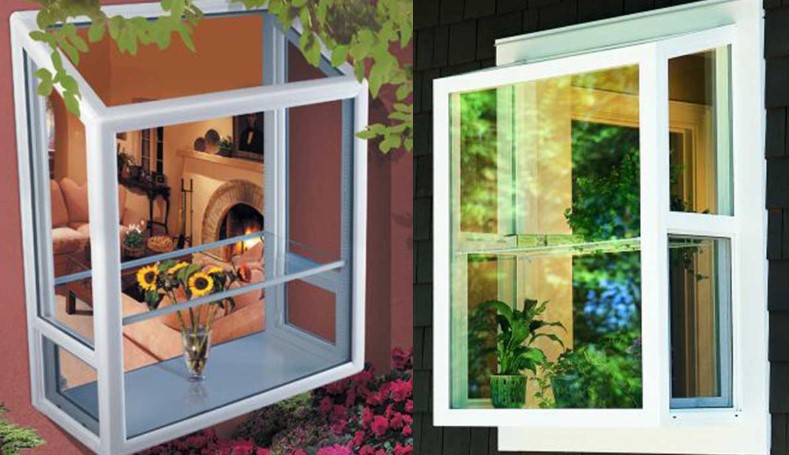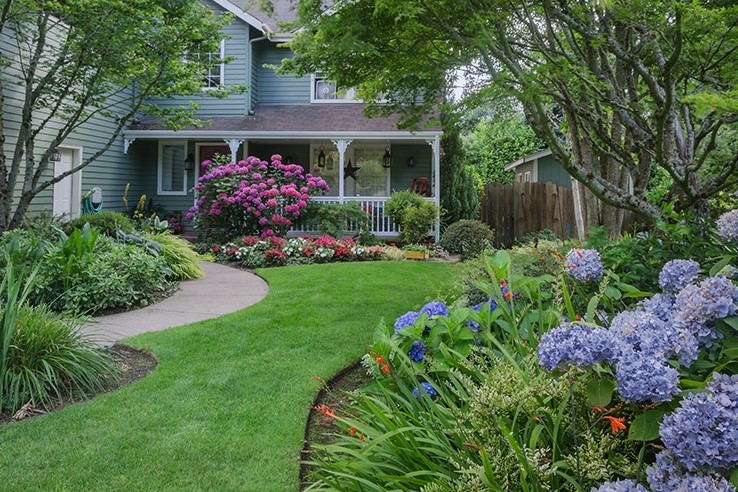
How to Choose the Best Wood for Your Fence
Wood fencing remains one of the most popular choices for residential and commercial properties alike. It’s not only aesthetically pleasing but also durable, customizable, and relatively easy to install. However, choosing the best wood for your fence can be a challenging task if you’re not familiar with the different types of wood available, their characteristics, and how they perform over time. Whether you’re looking to boost your home’s curb appeal or secure your backyard, selecting the right type of wood is critical to ensure your fence stands the test of time. Here’s a detailed guide to help you choose the best wood for your wood fencing project.
1. Understand Your Needs and Environment
Before selecting a wood type, consider your primary goals for the fence. Are you installing it for privacy, security, decoration, or to contain pets? Each purpose may benefit from different fencing styles and wood characteristics. Also, assess the climate in your area. Humid or rainy environments can lead to wood rot and insect infestation, so choosing a naturally durable and weather-resistant wood is essential.
2. Know the Most Common Types of Wood for Fencing
Several types of wood are commonly used in wood fencing. Each comes with its own set of benefits and limitations.
Cedar
Cedar is one of the top choices for wood fencing due to its natural oils that make it resistant to insects and decay. It has a pleasant aroma, attractive reddish tone, and does not warp easily. While it may be more expensive upfront, its longevity and minimal maintenance make it a worthy investment.
Redwood
Redwood is often considered the premium option for wood fencing. It is highly durable, insect-resistant, and has a rich color that adds elegance to any yard. However, it comes at a higher price point than most other woods. If budget is not a concern, redwood is an excellent long-term choice.
Pine
Pine is an affordable and widely available softwood commonly used for pressure-treated fencing. While it may not be as naturally durable as cedar or redwood, pressure treatment helps it resist decay and insects. Pine fencing is a good budget-friendly option, especially for large properties.
Spruce
Spruce is another budget-friendly option often used in prefabricated fence panels. It offers a lighter appearance but is less durable compared to cedar and redwood. It can be a suitable option for short-term fencing or when aesthetics are not the top priority.
Cypress
Cypress is naturally resistant to rot and insects, much like cedar. It’s more commonly used in southern states in the U.S., where it is readily available. It has a natural preservative oil called cypressene, which adds to its durability.
3. Consider Maintenance Requirements
Different woods require different levels of maintenance. Woods like cedar and redwood can last longer with minimal treatment, while pine or spruce may need more frequent sealing, staining, or painting. Regular maintenance helps protect your wood fencing from sun damage, moisture, and pests, ultimately prolonging its life.
4. Think About Aesthetics
Aesthetics play a significant role in wood fencing. The color, grain, and texture of the wood affect the overall look of your fence. Redwood and cedar offer rich, natural tones that age gracefully. If you’re planning to paint or stain your fence, pine and spruce are good options, as they absorb color well.
5. Check for Sustainability
Eco-conscious homeowners may want to consider sustainably harvested wood. Look for FSC (Forest Stewardship Council) certified wood that ensures the wood comes from responsibly managed forests. Some wood fencing manufacturers also offer reclaimed or recycled wood options.
6. Evaluate Cost vs. Longevity
While hardwoods like redwood and cedar come with a higher price tag, they typically offer better longevity and lower maintenance costs over time. Cheaper woods like pine may require more frequent repairs and treatments, leading to higher long-term expenses. When choosing wood for your fence, consider the total cost of ownership rather than just the initial expense.
7. Use Pressure-Treated Wood When Necessary
If you’re installing fence posts that will come into contact with the ground, pressure-treated wood is essential to resist moisture and rot. Even if your pickets or panels are made from untreated wood like cedar or redwood, combining them with pressure-treated posts can enhance the durability of the entire structure.
Conclusion
Choosing the best wood for your fence involves balancing cost, durability, maintenance, and aesthetic appeal. Cedar and redwood are excellent choices for those who want a long-lasting and attractive wood fencing solution. Pine and spruce offer budget-friendly alternatives but may require more upkeep. Ultimately, understanding your specific needs and doing a bit of research will help you make a smart investment that enhances your property’s value and appearance. With the right choice and proper care, your wood fencing can serve you beautifully for many years to come.




